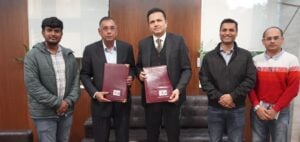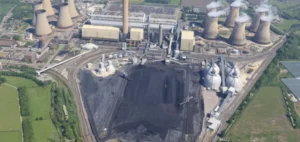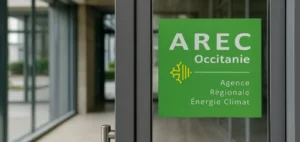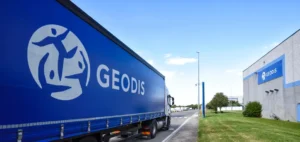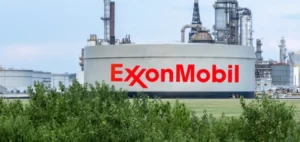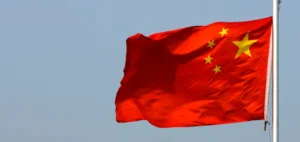Thyssenkrupp announces a major investment plan to decarbonize the steel industry. The company has released the capital needed to launch the construction of a low carbon steel plant in Germany.
The deployment of the plant requires a financing plan estimated at over two billion euros. The plant, with a capacity of 2.5 million tons, will avoid the emission of 3.5 million tons of CO2.
Thyssenkrupp relies on tkH2Steel technology
Thyssenkrupp’s tkH2Steel technology is enabling the development of this program to decarbonize steel production. Hydrogen direct reduction plants will thus replace coal-fired blast furnaces. The iron pre-reduced with hydrogen will be liquefied for the first time downstream in fusion units.
These facilities have been specially designed to produce high quality steel. In addition, the new plant is capable of integrating all stages of production. Under this infrastructure, the entire range of metals will be low-carbon. tkH2Steel thus represents an optimal tool for the production of low carbon steel.
Bernhard Osburg, Chairman of the Executive Board of Thyssenkrupp, says:
“With today’s decision, we continue to set the pace for green steel production. The direct reduction plant will supply more than two million metric tons of low-carbon steel per year. This reaffirms our goal of playing a leading role in the competition for the green steel market.”
A turning point in green steel production
The Duisburg plant will occupy a larger area than originally planned. The group has revised its ambitions upwards due to the increased demand for low-carbon steel. Thyssenkrupp is accelerating the transition to green steel in line with national and European climate targets.
Thyssenkrupp’s head of technology development comments:
“By 2030, we expect to reach about 5 million metric tons of low-carbon steel. Building one of the largest reduction plants will bring innovation and jobs.”



